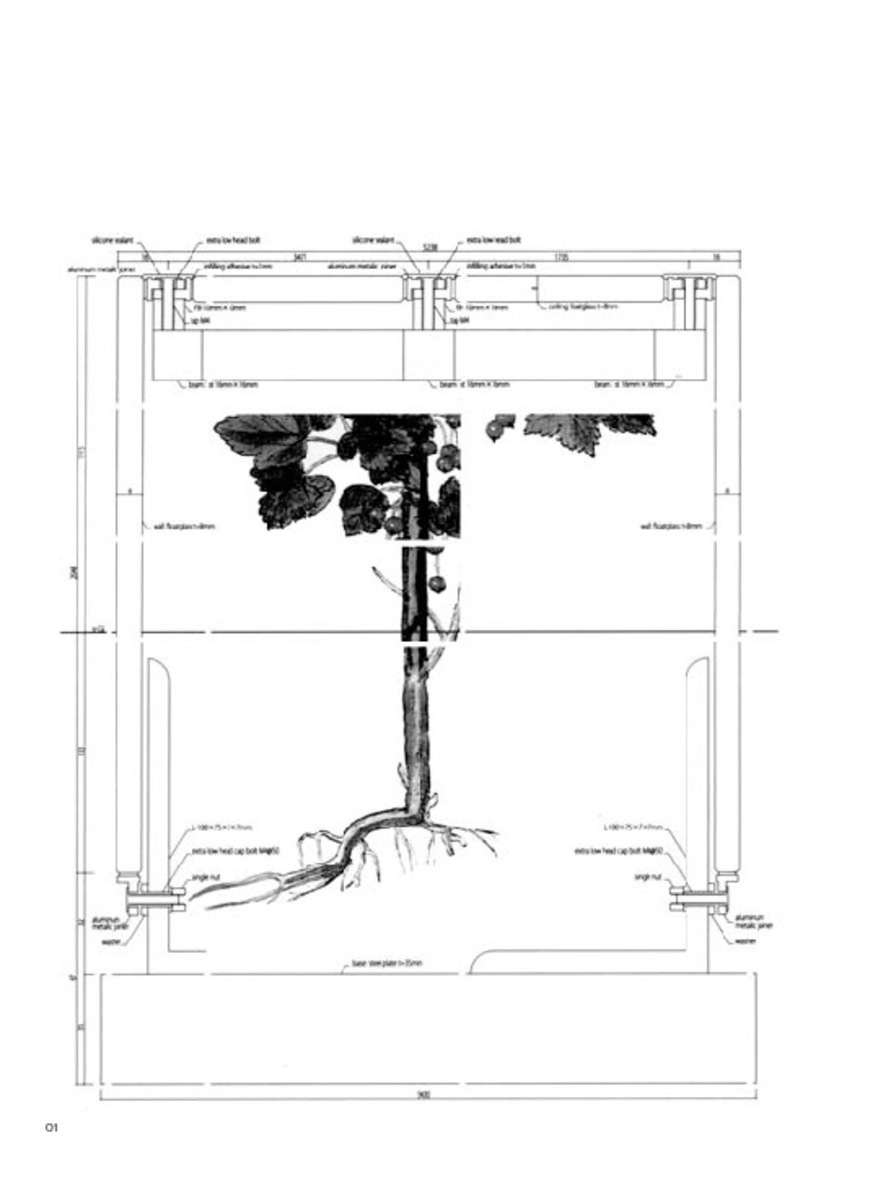Full metadata record
| DC Field | Value | Language |
|---|---|---|
| dc.creator | Juarranz, A. (Ángela) | - |
| dc.date.accessioned | 2019-09-13T08:46:04Z | - |
| dc.date.available | 2019-09-13T08:46:04Z | - |
| dc.date.issued | 2018 | - |
| dc.identifier.citation | Juarranz, A. (Ángela). "La naturaleza como experimento constructivo. El Pabellón de Japón para la XI Bienal de Venecia (Junya Ishigami, 2008)". Ra. Revista de Arquitectura. 20, 2018, 192 - 203 | es |
| dc.identifier.issn | 1138-5596 | - |
| dc.identifier.uri | https://hdl.handle.net/10171/58089 | - |
| dc.description.abstract | El trabajo de Junya Ishigami ha sido objeto de estudio frecuente en el marco de una arquitectura próxima a la naturaleza, interés compartido por la constelación de arquitectos japoneses de finales del siglo XX y principios del XXI. Este artículo estudia la obra de Ishigami de manera más específica en torno a la condición natural como laboratorio de construcción, acorde a una doble finalidad con piezas destinadas a exponerse en galerías o a formalizarse como arquitectura. Esta dedicación paralela permite discutir la operatividad de unas estrategias enfocadas a la ejecución material de un medio permanente que, sin embargo, sólo alcanzan su objetivo en forma de instalación de arte temporal. Como caso de estudio se considera Extreme Nature: Landscape of Ambiguous Spaces, el proyecto diseñado por Ishigami para el Pabellón de Japón en la 11a Mostra Internazionale di Architettura de la Biennale di Venezia de 2008. | - |
| dc.description.abstract | The work of Junya Ishigami has been a frequent object of study in the context of close-to-nature architecture, an area of interest shared by the constellation of Japanese architects between the end of the 20th century and the beginning of the 21st. This article looks at the work of Ishigami with a specific focus on nature as a construction laboratory, in line with the dual purpose of pieces to be exhibited in galleries or to be formalized as architecture. This parallel approach allows us to discuss the functionality of strategies that focus on the material implementation of permanent mediums that, however, only reach their goal as a temporary art installation. The case study chosen is “Extreme Nature: Landscape of Ambiguous Spaces”; the project designed by Ishigami for the Japanese Pavilion in the 11th Mostra Internazionale di Architettura at the Biennale di Venezia in 2008. | - |
| dc.language.iso | spa | - |
| dc.publisher | Servicio de Publicaciones de la Universidad de Navarra | - |
| dc.rights | info:eu-repo/semantics/openAccess | - |
| dc.subject | Naturaleza | - |
| dc.subject | material | - |
| dc.subject | Junya Ishigami | - |
| dc.subject | Pabellón de Japón | - |
| dc.subject | Bienal de Venecia | - |
| dc.subject | Nature | - |
| dc.subject | Material | - |
| dc.subject | Junya Ishigami | - |
| dc.subject | Japanese Pavilion | - |
| dc.subject | Venice Biennial | - |
| dc.title | La naturaleza como experimento constructivo. El Pabellón de Japón para la XI Bienal de Venecia (Junya Ishigami, 2008) | - |
| dc.title.alternative | Nature as a Constructive Experiment. Japanese Pavilion for the 11th Venice Biennale (Junya Ishigami, 2008) | - |
| dc.type | info:eu-repo/semantics/article | - |
| dc.identifier.doi | 10.15581/014.20.192-203 | - |
| dadun.citation.endingPage | 203 | - |
| dadun.citation.publicationName | Ra. Revista de Arquitectura | - |
| dadun.citation.startingPage | 192 | - |
| dadun.citation.volume | 20 | - |
| dc.date.updated | 2019-09-13T08:46:04Z | - |
| dc.description.version | Peer Reviewed | - |
Files in This Item:
Statistics and impact
Items in Dadun are protected by copyright, with all rights reserved, unless otherwise indicated.






